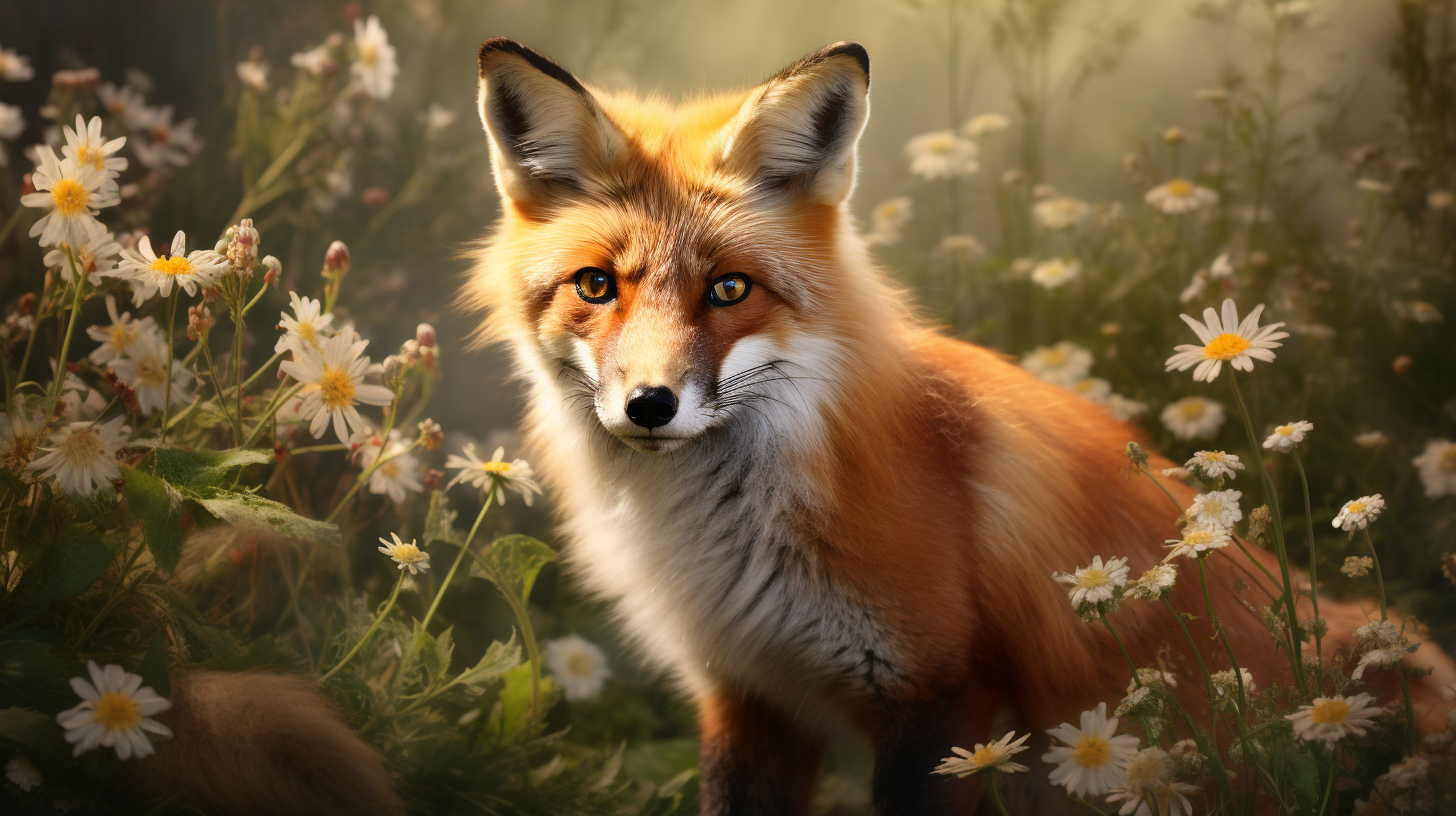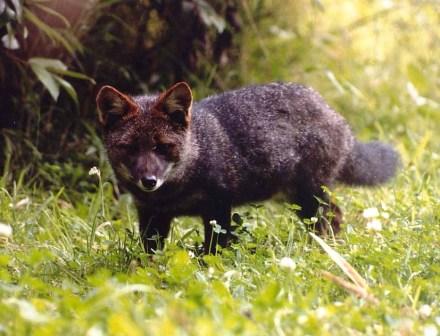Are endangered fox species at risk of extinction? Yes, endangered fox species are indeed at risk of extinction. These beautiful animals face numerous threats to their survival, including habitat loss, pollution, climate change, and poaching. In this article, we will explore the challenges faced by endangered fox species and discuss the importance of protecting and preserving these magnificent creatures. Join me on this journey as we dive into the world of endangered fox species and discover what we can do to ensure their survival.
The Beauty and Diversity of Fox Species
Foxes are fascinating creatures known for their beautiful fur, cunning nature, and adaptability. There are numerous species of foxes around the world, each with its unique characteristics and habitats. From the Arctic fox in the frigid regions of the Arctic to the swift and agile swift fox of North America, these animals captivate our hearts with their grace and charm.
Endangered Fox Species: A Concerning Reality
Sadly, several fox species are currently listed as endangered or critically endangered. These classifications mean that these species face a high risk of extinction in the near future if immediate action is not taken to protect them and their habitats.
Fennec Fox (Vulpes zerda)
One example of an endangered fox species is the Fennec fox. Known for its large ears and sandy-colored coat, the Fennec fox is native to the deserts of North Africa. This species is threatened by habitat loss due to human expansion, as well as the illegal pet trade.
Island Fox (Urocyon littoralis)
Another endangered fox species is the Island fox, found exclusively on the Channel Islands of California. The Island fox population once faced a severe decline due to predation by non-native species and diseases. However, dedicated conservation efforts have helped stabilize their populations and prevent their extinction.
Darwin’s Fox (Lycalopex fulvipes)
Darwin’s fox, also known as the Zorro chilote, is a critically endangered species found in the temperate rainforests of Chile. Deforestation and habitat fragmentation due to logging have resulted in a significant decline in their population. Conservation organizations are working tirelessly to protect the remaining individuals and their habitat.
Threats to Endangered Fox Species
Endangered fox species face numerous threats that put their survival at risk. These threats include:
Habitat Loss and Fragmentation
One of the primary threats to endangered fox species is habitat loss and fragmentation. Human activities such as deforestation for agriculture, urbanization, and infrastructure development destroy the natural habitats of these animals, leaving them with limited space to live and find food.
Pollution and Climate Change
Pollution and climate change also pose significant threats to endangered fox species. Increased pollution levels, including air and water pollution, can harm these animals directly or indirectly by contaminating their food sources. Climate change, with its associated temperature shifts and alterations in precipitation patterns, can disrupt the delicate balance of ecosystems, affecting the availability of resources for foxes.
Poaching and Illegal Wildlife Trade
Another grave concern for endangered fox species is poaching and the illegal wildlife trade. Fox fur is highly valued in the fashion industry, driving the demand for their pelts. The illegal capture and trade of foxes for exotic pets also contribute to the decline of these species.
Predation and Competition
Endangered fox species often face predation and competition from non-native species introduced into their habitats. These invasive species disrupt the natural balance of ecosystems and can threaten the survival of native fox populations by competing for resources or preying on them directly.
Stay tuned for the next section to learn about the efforts being made to protect and preserve endangered fox species, as well as how you can contribute to their conservation.
Conservation Efforts and the Road to Recovery
The conservation and preservation of endangered fox species require a collective effort from individuals, communities, governments, and conservation organizations. Here are some initiatives that aim to protect these precious animals and ensure their survival:
Habitat Conservation and Restoration
Efforts to conserve and restore the natural habitats of endangered fox species are crucial for their survival. This includes protecting existing habitats from further destruction, reforesting areas that have been cleared, and creating wildlife corridors to connect fragmented habitats.
Protection from Poaching and Illegal Wildlife Trade
Strict anti-poaching measures and law enforcement are essential for combating the illegal hunting and trading of foxes. Increased penalties and awareness campaigns can help deter individuals from participating in these activities and reduce the demand for fox products.
Captive Breeding and Reintroduction Programs
Captive breeding and reintroduction programs play a vital role in conserving endangered fox species. These programs aim to breed foxes in captivity and reintroduce them into their natural habitats once breeding populations have been established. This helps strengthen the genetic diversity of wild populations and increases their chances of survival.
Public Education and Awareness
Raising public awareness about the importance of protecting endangered fox species is crucial. Education programs, community outreach, and public campaigns can help foster a sense of empathy and understanding towards these animals, encouraging individuals to take action and support conservation efforts.
Join the Fight to Protect Endangered Fox Species
We all have a role to play in protecting and preserving the magnificent fox species that are at risk of extinction. Here are some ways you can contribute to their conservation:
- Support local and international wildlife conservation organizations through donations or volunteering. These organizations work tirelessly to protect endangered species and their habitats.
- Spread awareness about endangered fox species and the threats they face by sharing information on social media or organizing educational events in your community. By raising awareness, you can help create a platform for meaningful discussions and encourage others to take action.
- Reduce your ecological footprint by adopting sustainable practices in your daily life. This can include conserving energy and water, recycling, and supporting environmentally-friendly products. By making small changes in your lifestyle, you can contribute to the overall well-being of the planet and its inhabitants.
- Advocate for stronger wildlife protection laws and regulations in your country or region. Contact your local representatives and voice your support for measures that aim to protect endangered species and their habitats. By engaging in advocacy, you can help shape policies and legislation that have a positive impact on wildlife conservation.
Together, we can make a difference and ensure a future where endangered fox species thrive in their natural habitats. Let’s protect these remarkable creatures and help preserve the diversity and beauty of our natural world.
Key Takeaways
- Endangered fox species face various threats, including habitat loss, pollution, poaching, and predation.
- Conservation efforts, such as habitat conservation and restoration, protection from poaching, captive breeding, and public education, are essential for safeguarding these species.
- Individuals can contribute to conservation by supporting wildlife organizations, spreading awareness, adopting sustainable practices, and advocating for stronger wildlife protection laws.
FAQ
Q: What are some endangered fox species?
A: Some examples of endangered fox species are the Fennec fox, Island fox, and Darwin’s fox.
Q: What are the main threats to endangered fox species?
A: Endangered fox species face threats such as habitat loss and fragmentation, pollution and climate change, poaching and illegal wildlife trade, and predation and competition from non-native species.
Q: How can I help protect endangered fox species?
A: You can contribute to their conservation by supporting wildlife organizations, spreading awareness, adopting sustainable practices, and advocating for stronger wildlife protection laws.
Q: Why is it important to protect endangered fox species?
A: Protecting endangered fox species helps to preserve biodiversity, maintain ecosystem balance, and ensure the survival of these unique and valuable creatures.
Q: What can governments do to protect endangered fox species?
A: Governments can strengthen laws and regulations regarding wildlife protection, allocate resources for conservation efforts, and collaborate with local and international organizations to conserve endangered fox species and their habitats.
Hey there, fellow nature enthusiasts! I’m Mark Gray, the passionate owner of OutdoorAnimals.com, a hub dedicated to uncovering the incredible world of outdoor animals. Whether you’re a hiker, a four-wheeler, or just someone who revels in the beauty of the great outdoors, you’re in the right place. I seek to understand all varieties of animals, from the great elk to the simple mouse, my goal is to write and share this knowledge with the public.




